Methodologies have been used by humans to solve problems. UX methodology aids creative problem-solving for end users.
Users are at the center of UX design, which is cognitive science. The first test is just the beginning of the user experience design process.
Designers require knowledge and information. The UX method is what gives designers access to data and insights.
Designers implement the UX design methodology into projects to learn more about the end users and come up with creative solutions.
At times, it may seem difficult. This essay will discuss numerous UX research approaches and provide examples of each.
UX Framework And Methodology Definition
The term “methodology” is commonly used to refer to a standard operating procedure.
To cut a long tale short, one might argue that the UX design process is mapped using a certain methodology or framework. They make way for architects and designers.
The 5 key stages of UX design are:
- Understand/research
- Analyze
- Ideate
- Validate
You may understand this better with an example. While traveling, there is a variety of ways to reach the destination.
But the landing place is the same. While designing, designers may choose distinct UX methods, but the result is optimizing the user experience.

A Brief Explanation Of The UX Design Process And Methodology
Products and services that provide quick and easy answers to consumer concerns are currently the most sought-after and valuable on the market.
User experience design (UX design) is what gets things done for people. User experience design considers the user’s perspective and emotions throughout the product’s lifecycle.
User experience design thinks about everything. Designers working on user experience aim to provide customers with something worthwhile and enjoyable.
Every product, including digital ones like apps and webpages, features UX design. The significance of UX design is rising rapidly.
There are literally millions of apps and websites available to users nowadays.
This plethora trains their intelligence and refines their taste. The user experience (UX) should be flawless to win their approval and keep their interest.
UI design complements UX design by focusing on aesthetics to provide a flexible service or product. (Please check the UI UX design services Page)
The value of an exemplary user interface and user experience designer has skyrocketed in recent years.
User interface and user experience design have been employed in every successful app and website.
Which UX Methodology Fits Your Project?
Each undertaking calls for its own special set of skills and equipment. Time, project size, UX requirements, and available funds all play a role.
The first step in selecting a solution that suits the project and minimizes defects is to have a firm grasp of the issue at hand and the people who will be using the solution.
Every UX design relies on this comprehension. Sometimes it may seem like there is no clear way to select a UX design approach.
A seasoned UX designer equipped with a lifetime of expertise surveys the entire project.
The designer is responsible for determining the best approach after conducting a survey. When working on the same task, different designers may use different approaches.
There are as many perspectives as there are creative minds. Each has a unique perspective and approach to an issue, which can lead to diverse outcomes.
A design session is held to get insight and collect data. During the design phase, designers talk to the project’s influencers and determine who will use the final product.
During this meeting, we will work on a solution. After that, designers create personas and user flows with the end users in mind.
After that point, designers collaborate extensively with project leaders, end users, and coders. At this stage, a workable framework is developed.
Before beginning the branding process, the wireframes have been developed.
At this point, designers and marketers work together to refine the product. They are the brand image guarantee at this point.

Before beginning a project, designers do a needs assessment. To choose the right UX methodology, designers should know the ABCs of the UX design.
They use these to determine which user experience design approach will work best for the task at hand.
We’ll introduce the most well-known and widely-used approaches soon, so stay tuned.
Human-Centered Design or HCD
HCD, or human-centered design, is a method that seeks to address issues from the point of view of the person who is experiencing them.
Human-centered design’s first stage is to gain insight into the target audience.
The focus of this method is on the end user. You can better help the individuals whose issues you want to solve and whom you want to spend time with if you are familiar with the community in which they live.
Human-centered design (HCD) is applied to provide practical, localized answers to problems.
The majority of user experience design strategies are arguably concentrated on the end user.
MoSCow Methodology In The UX Design Process
MoSCow is not a user experience methodology. Despite being filed under “User Experience” techniques.
It’s a way to set priorities at any and all phases of the user experience design process. Dai Clegg developed a system for ranking needs called the Moscow approach.
It’s one of the easiest approaches of setting priorities. The Moscow approach simplifies the design process for clients and other interested parties.
The MoSCow technique is widely recognized as a leading UX methodology.
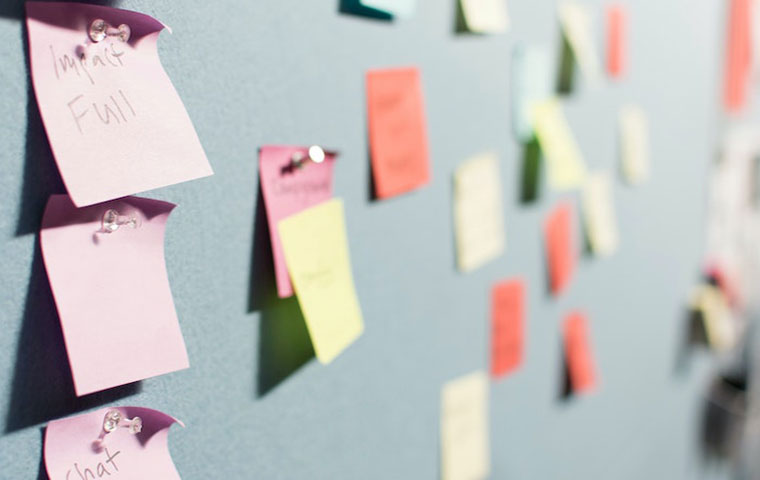
This methodology helps to define the project’s goals and objectives. The MoSCoW approach is popular and has certain unique procedures.
Read the article The MoSCoW technique in UX design to learn more about this approach, which you may find helpful in your everyday life.
You’ll be able to see this practical strategy in a whole new light.
Design Thinking Method In The UX Process
Whenever we set out to fix a problem in our everyday lives, the first step is to pinpoint exactly what the issue is.
User experience design relies heavily on keeping track of and adapting to people’s shifting habits and contexts.
Design thinking is a user experience (UX) technique focusing on people and their needs.
Human needs analysis is the starting point of this approach. Designers using this strategy reframe the issue and provide answers that prioritize people. This is a non-linear and iterative procedure.
There are five steps to the design thinking process:
- Empathize
- Define
- Ideate
- Prototype
- Test
The order of these five steps is not guaranteed. Due of the adaptability of the design thinking process, they are not given directives to follow.
Problem-solving using design thinking is a novel approach. More research is needed to comprehend this issue fully.
We’ve devoted an article to the Design thinking method. It’ll help you understand the stages and maybe use them to solve the issues in your daily life.
What Is The Think Aloud Method In UX Design?
Think-aloud is a versatile approach to UX design that can also be used in everyday life. The term refers to the act of verbalizing one’s innermost thoughts.
We’ve all done it: spoken our thoughts out loud. The thinking-aloud technique is a form of usability testing in which participants voice their thoughts out loud as they utilize the product under evaluation.
They are to report anything unusual that occurs to them. It’s useful for sketching, prototyping, and finalizing a design.
There is a set procedure that must be followed. Communicating one’s innermost emotions and efforts to achieve a desired outcome in a clear and concise manner.
The findings of this usability study are helpful because it is the designers’ job to know how customers feel about their goods.
In the user experience design testing phase, think-aloud is a technique used. This usability evaluation is low-cost, straightforward, and simple to master.
While not without its dangers, this method is invaluable for learning how customers really feel about your product.
Double Diamond Or 4D UX Methodology
4D is an iterative UX method that consists of four distinct phases:
- Discover
- Define
- Develop
- Deliver
The first two phases come together and are about understanding the problem in the first diamond.
Develop and deliver in the second diamond are about creating solutions that solve the problem that we defined in the first diamond.

A Brief Explanation Of UX Research Methodology
Finding out what works best for people requires doing user experience (UX) research. The findings provide valuable information to designers about the target audience.
Gathering user feedback is a viable option at any point during the UX design process.
Several research methodologies exist, and to select the most appropriate one for a given design, designers need to have a firm grasp of the nature of the challenges they’re attempting to address and the information they’ll find most valuable.
There are two types of user experience (UX) research: quantitative and qualitative.
Designers may learn much about their target audience through qualitative research interviews and field investigations.
However, under the quantitative approach, designers draw conclusions from objective data, such as the results of an online poll.
Reading up on UX research methodologies can help you better implement them in your own work.
It will help you see UX research procedures in a new light and expose you to many different kinds of them.
Frequently Asked Questions
User research uses a wide variety of techniques, but what really matters is understanding the user and what drives them in terms of their thoughts and actions. Observation methods, task analyses, and other feedback procedures are common tools used in UX research.
Data and insights may be easily gleaned through user-experience research methodologies, and the proper things can be accomplished through continuing actions. Constant UX operations, in tandem with R&D, may boost the efficiency and utility of everyone’s work.
Closing Words
This essay aims to describe the UX Methodology in greater detail. The field of user experience design is highly multifaceted, with many approaches to improving the user’s journey.
It’s a common misconception that designers pick UX Methods solely on personal preference, but several factors are at play.
The term “UX design methodology” has the potential to be misconstrued, which brings up another important topic.
Methods such as MoSCoW are utilized only during certain points in the design process, such as when creating a user interface.
In UX design, a wide variety of approaches are used. Only the most well-known ones were discussed here.
Check out our site’s User Interface and Experience part for further details. Your feedback and thoughts on the articles are welcome.
We incorporate them to strengthen the standard of our writing.

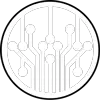

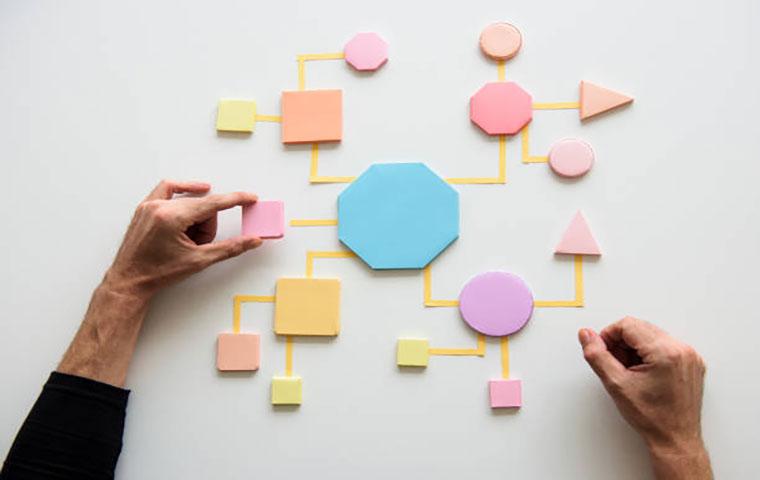

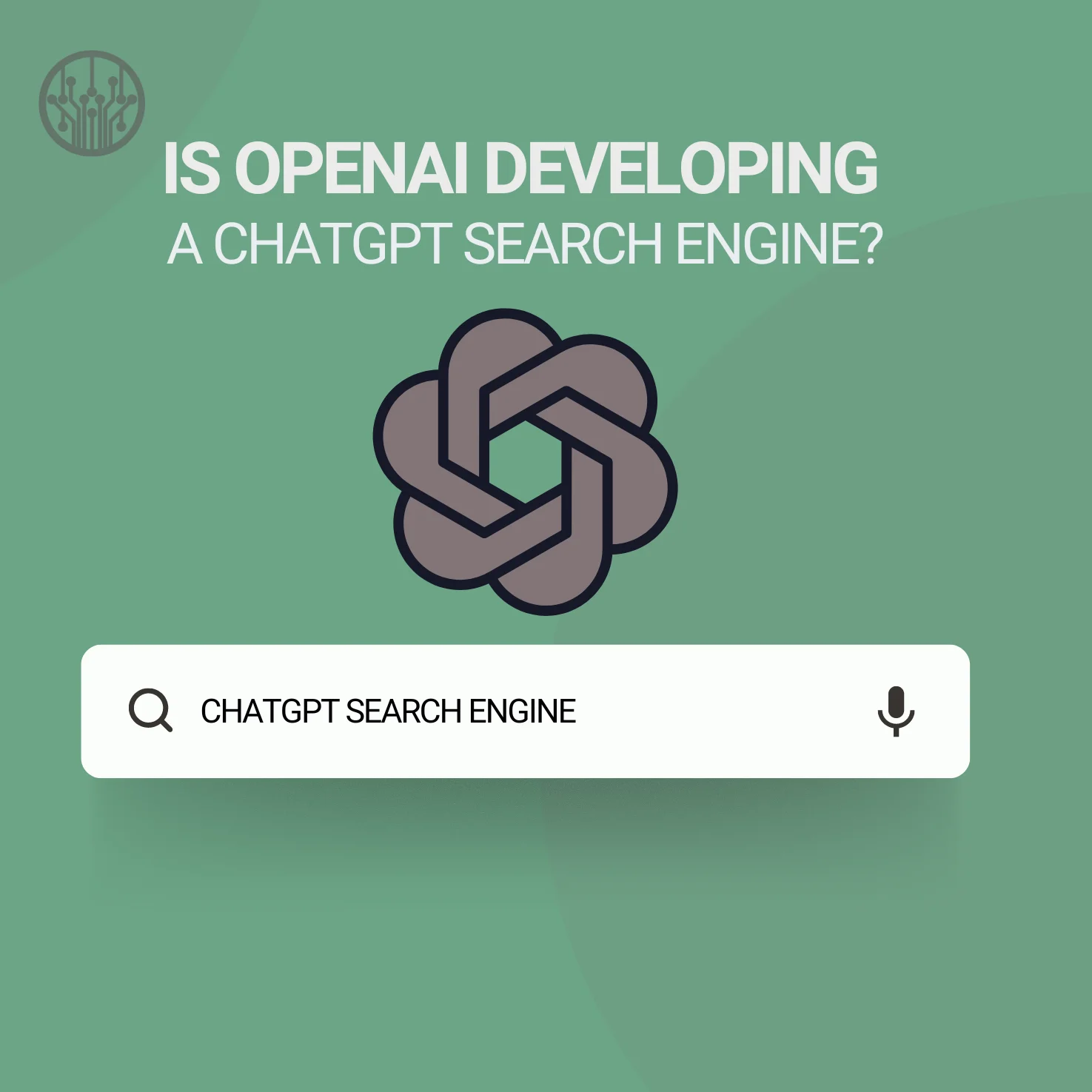
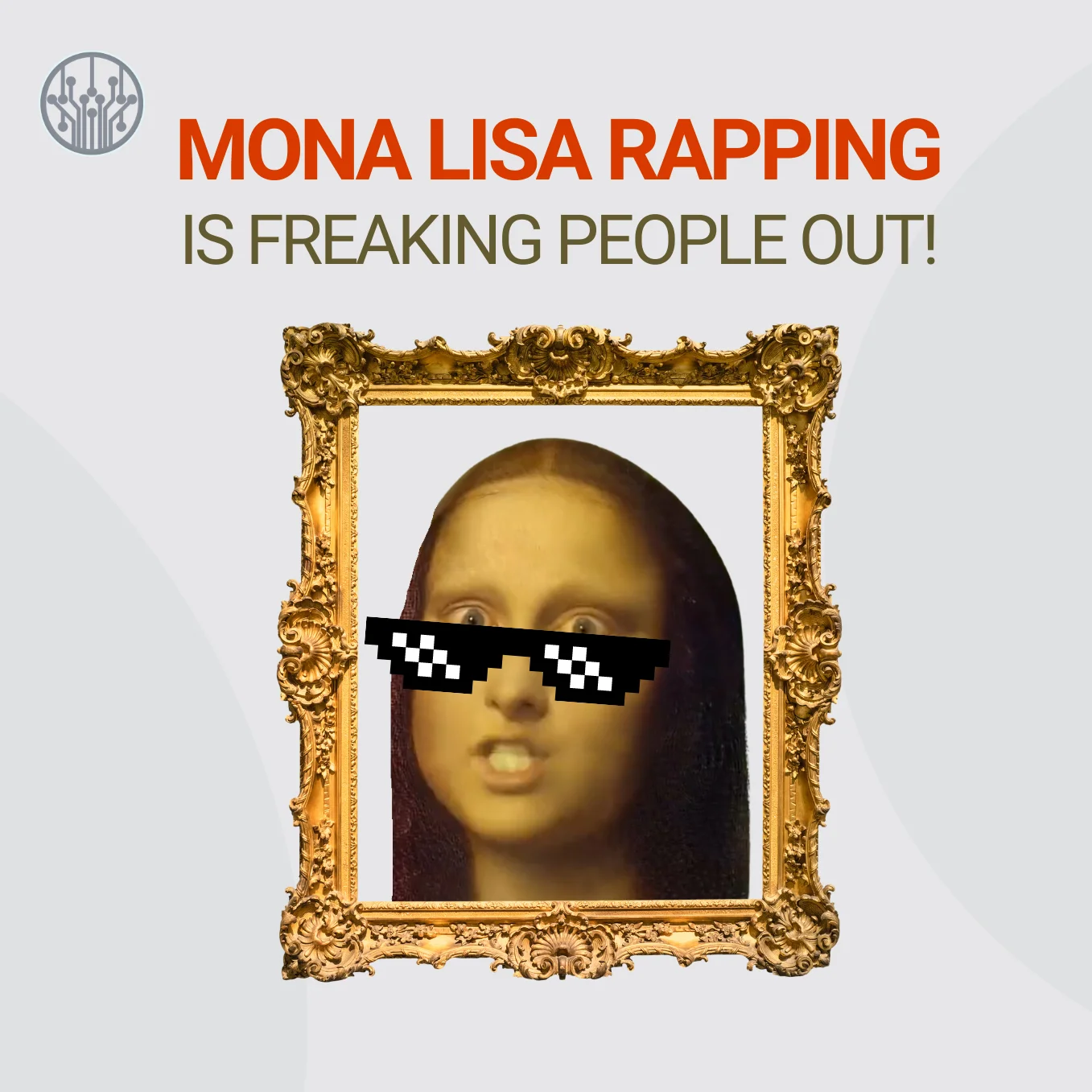

2 Responses
As a UX designer for a new e-commerce platform, I’m developing personas, and user flows to gain a deeper understanding of our potential users’ needs and preferences. Can you walk me through the steps involved in creating personas and user flows and how they contribute to the overall UX design process?
Certainly! When creating personas, the first step is to identify the key user groups based on research and analysis. This involves gathering data about their demographic information, behaviour patterns, goals, motivations, and pain points. Then, detailed profiles are created for each persona to represent their characteristics and to help the team better understand their needs and preferences. The next step is to develop user flows, which involves mapping out the different paths users may take to accomplish specific tasks or goals on the e-commerce platform. By doing so, it helps us to identify potential areas of improvement and pain points in the user journey. The creation of personas and user flows is crucial in ensuring that the design is user-centred and meets the needs of the target audience, which ultimately contributes to the overall success of the UX design process.